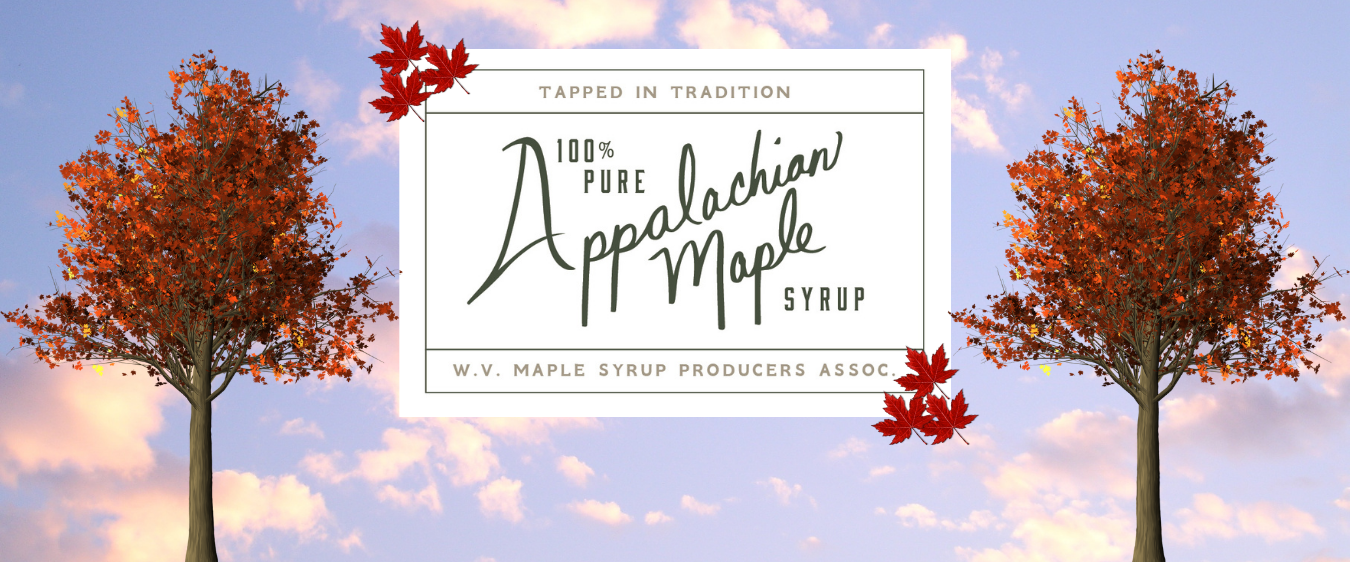I can’t say I had a bad maple season, but the end was an anticlimax if there ever was one. I planned to pull my taps on Tuesday, February 24th. In some of my earlier blog posts, I have explained about how I have my sugar bush on my West Virginia property but I live primarily in Maryland. It was time to go home and as I have no plans to return until May, I pulled the plug.
But as it turned out, weather-wise, I expected a large sap run on both Monday and Tuesday that week. I thought I’d be crazy busy cooking up a storm on Tuesday. In fact, most of my taps were basically dry. From three of my 30 trees, I got 2 liters total for both days, where I expected 10 gallons! Monday was very windy and though sunny and above 40, maybe the trees were not happy. But Tuesday was picture perfect.
I calculated Growing Degree Days. I got only about 108. According to Jeff DeBellis of Future Generations University, 200 is the magic tap-drying number. So I didn’t expect my taps to dry up. What did I do wrong? Well… I think it comes down to sanitation. I reused five of my spiles. I don’t think that was a significant factor because 25 were brand new taps and tubes. I used a clean bit specifically designed for maple tree tapping and I used a clean nail to pick out the shavings from the bit. I think my tapping techniques were sanitary.
I did not have check valve spouts as I use “buckets” and didn’t think check valves would be necessary since I didn’t have vacuum. Or did I? I actually use tubes into 2-liter bottles. They are sealed pretty well. It seems conceivable to me that if my bottles fill up and back up into the tube, there could be some suction back up into the tree. There were a few times when some of the bottles filled up. For example, at least once, there was a freeze during the day and a thaw at night. So sap started flowing at night and continued all night. I don’t have good night vision so I did not collect sap after dark. And there were other times when the freeze did not occur until the wee-hours so we had sap still running well into the night. Furthermore, I slipped back to Maryland for a couple weeks and my neighbor undertook to collect sap. I told him that if he didn’t have time to collect it, to at least toss the sap. And I also told him to toss the sap on some very warm days. But while I check sap morning and evening, he was only checking it late in the afternoon. So bottles filled up on him frequently. He tossed some sap because it was discolored. When I returned, he told me there was no sap down the hill, but when I went down a couple hours later, the bottle he had checked was “plum full” and he thought it was empty. So I have no confidence that he was collecting sap in a timely manner, and there may have been times when bacteria laden sap was left sitting in bottles, which I would not have allowed had I been there. He volunteered to help, and he made my best-tasting batch of syrup, so I can’t complain.
One other weird thing happened while I was in Maryland. He went to collect sap, and half the bottles were “mysteriously” not attached to the tube one time. When I got back, I found 2 or 3 bottles still unattached. So while my neighbor could not explain how this happened, I suspect that it was operator-error, either by himself, or another neighbor whose help he enlisted. It’s possible it was someone playing a trick on us, or a very thirsty raccoon.
I did not always replace the bottles. I emptied them into other bottles unless they were very full. So maybe bacteria built up in them and when they filled up, said bacteria had an opportunity to back up. When I did replace the bottles, I always rinsed them with very hot water. I don’t know if my neighbor did that.
None of the professional producers complained about taps drying up early.
From my 30 trees, I produced a little more than 2 gallons of syrup. I really can’t complain about that. But I did want those last few jars! At least I didn’t have to feel bad about pulling the taps before the end of the season!
However, I did discover that 30 trees is rather too much for me alone. I didn’t always have anyone to help me, and when the frost melted into mud, there was a dangerous situation with some of those banks, and I fell on average 3 times per day on the muddiest days!
What I learned was (1) I need bigger buckets, (2) I need brand new spiles, and maybe check-valve ones, (3) I need to tap only my best trees that are easy to get to even in mud, and (4) I need better quality control. Why do I not tube them all together? I have 3 disconnected sugarbush sections and so I cannot easily connect all 30 trees. It will take more tubing than is practical for my small farm. I fear the learning curve, the maintenance, and the lack of communion with my trees (yes, I’m a tree-hugger).
BTW: My neighbor tapped some sycamores last week but when he went to cook his first batch of sap, it cooked down to almost nothing, though it tasted good. I was hoping to get some sycamore syrup!



